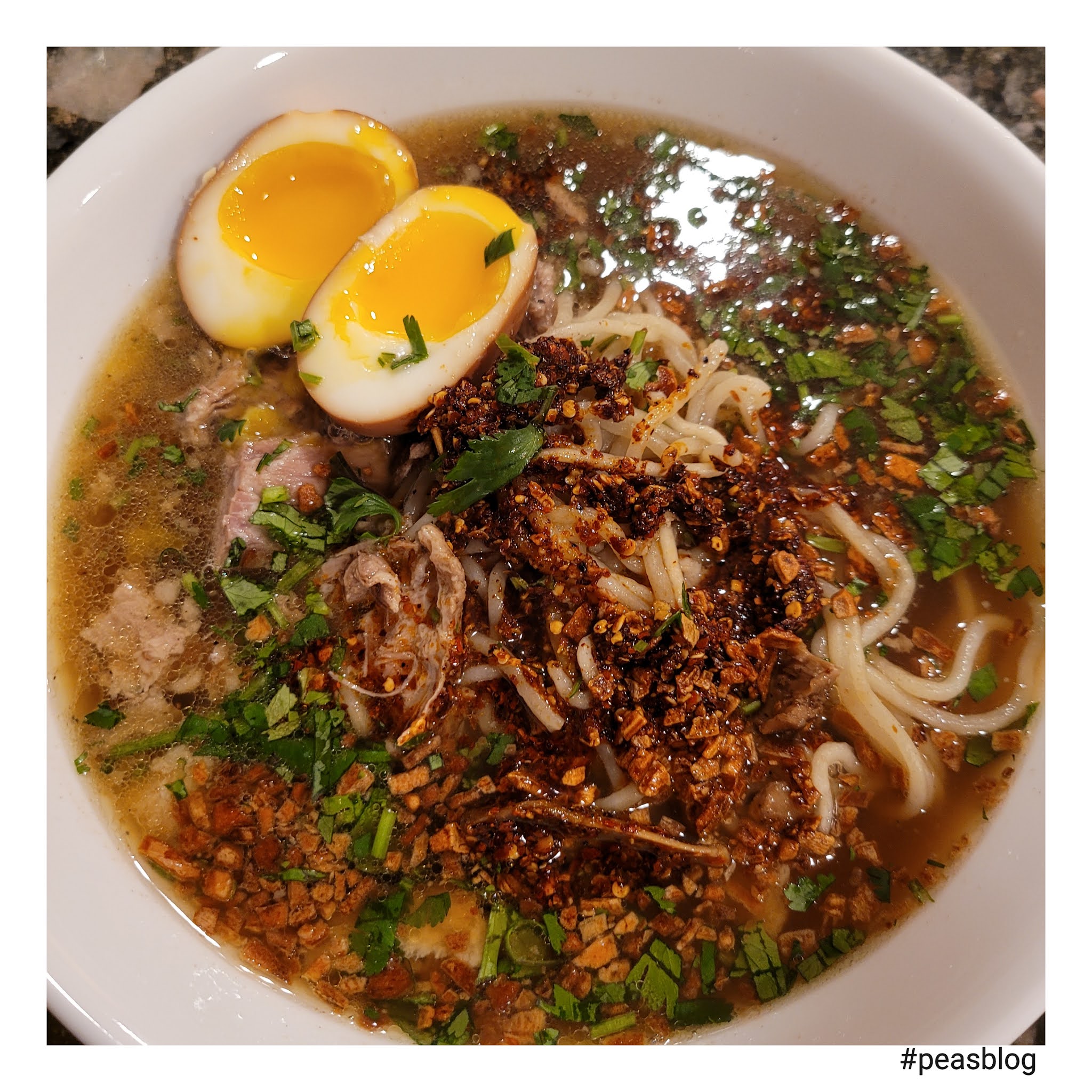Ramen noodles have become a beloved staple in many households around the world, offering a quick and comforting meal option. However, a seemingly innocuous bowl of ramen can sometimes harbor unexpected health risks, leading to what is now being referred to as "ramen noodle infection." This term encapsulates a range of potential foodborne illnesses linked to improper preparation and handling of these popular noodles. As we delve deeper into the world of ramen noodle infection, it is crucial to understand its origins, symptoms, and prevention methods.
In recent years, there have been alarming reports of foodborne illnesses associated with ramen noodles, raising awareness about the importance of food safety. Ramen noodles, while convenient, can be a breeding ground for harmful bacteria if not cooked and stored properly. Understanding the risks associated with ramen noodle infection can help consumers make informed choices and enjoy their favorite dish without fear of falling ill.
As the culinary landscape evolves, so do the methods of food preparation. The rise of instant ramen noodles has led to a surge in consumption, but it has also brought to light the potential for food contamination. Ramen noodle infection is a serious topic that deserves attention. In this article, we will explore the various aspects of ramen noodle infection, including its causes, symptoms, and essential prevention tips to keep you safe while indulging in this popular dish.
What Causes Ramen Noodle Infection?
Ramen noodle infection can occur due to several factors, primarily related to food handling and preparation. Here are some common causes:
- Improper cooking temperatures
- Cross-contamination with raw foods
- Inadequate storage conditions
- Use of unclean utensils and cooking surfaces
What Are the Symptoms of Ramen Noodle Infection?
Identifying the symptoms of ramen noodle infection is crucial for prompt treatment. Common symptoms may include:
- Nausea and vomiting
- Diarrhea, sometimes bloody
- Abdominal cramps
- Fever and chills
How Can You Prevent Ramen Noodle Infection?
Preventing ramen noodle infection is essential for enjoying this dish safely. Here are some tips to keep in mind:
- Always cook ramen noodles according to package instructions.
- Maintain a clean cooking environment by washing hands and utensils frequently.
- Store leftover noodles properly in the refrigerator.
- Avoid cross-contamination by keeping raw foods separate from cooked foods.
Ramen Noodle Infection: Who Is Most at Risk?
While anyone can contract a ramen noodle infection, certain groups are at a higher risk, including:
- Young children
- Pregnant women
- The elderly
- Individuals with weakened immune systems
What Should You Do If You Experience Symptoms?
If you suspect that you have contracted a ramen noodle infection, it is important to take immediate action. Here are some steps to follow:
- Stay hydrated by drinking plenty of fluids.
- Rest and avoid solid foods until symptoms subside.
- Consult a healthcare professional if symptoms persist or worsen.
Is Ramen Noodle Infection a Widespread Issue?
While ramen noodle infection may not be as widely recognized as other foodborne illnesses, it is crucial to understand that it can occur anywhere ramen noodles are prepared and consumed. Awareness and education about safe food handling practices can help mitigate the risks associated with this infection.
Ramen Noodle Infection: Personal Stories and Experiences
Many individuals have shared their experiences with ramen noodle infection, highlighting the importance of food safety. These personal stories often serve as cautionary tales, reminding others to be vigilant while preparing their favorite dishes. Here are a few key takeaways from these experiences:
- Always check expiration dates on instant ramen packages.
- Be cautious of leftover ramen and ensure it is reheated properly.
- Practice good hygiene while cooking to prevent cross-contamination.
Conclusion: Staying Safe While Enjoying Ramen Noodles
Ramen noodles can be a delicious and convenient meal option, but it is essential to be aware of the risks associated with ramen noodle infection. By understanding the causes, symptoms, and prevention methods, you can enjoy your favorite dish without compromising your health. Remember, food safety is paramount in ensuring that your culinary experiences remain enjoyable and safe.




